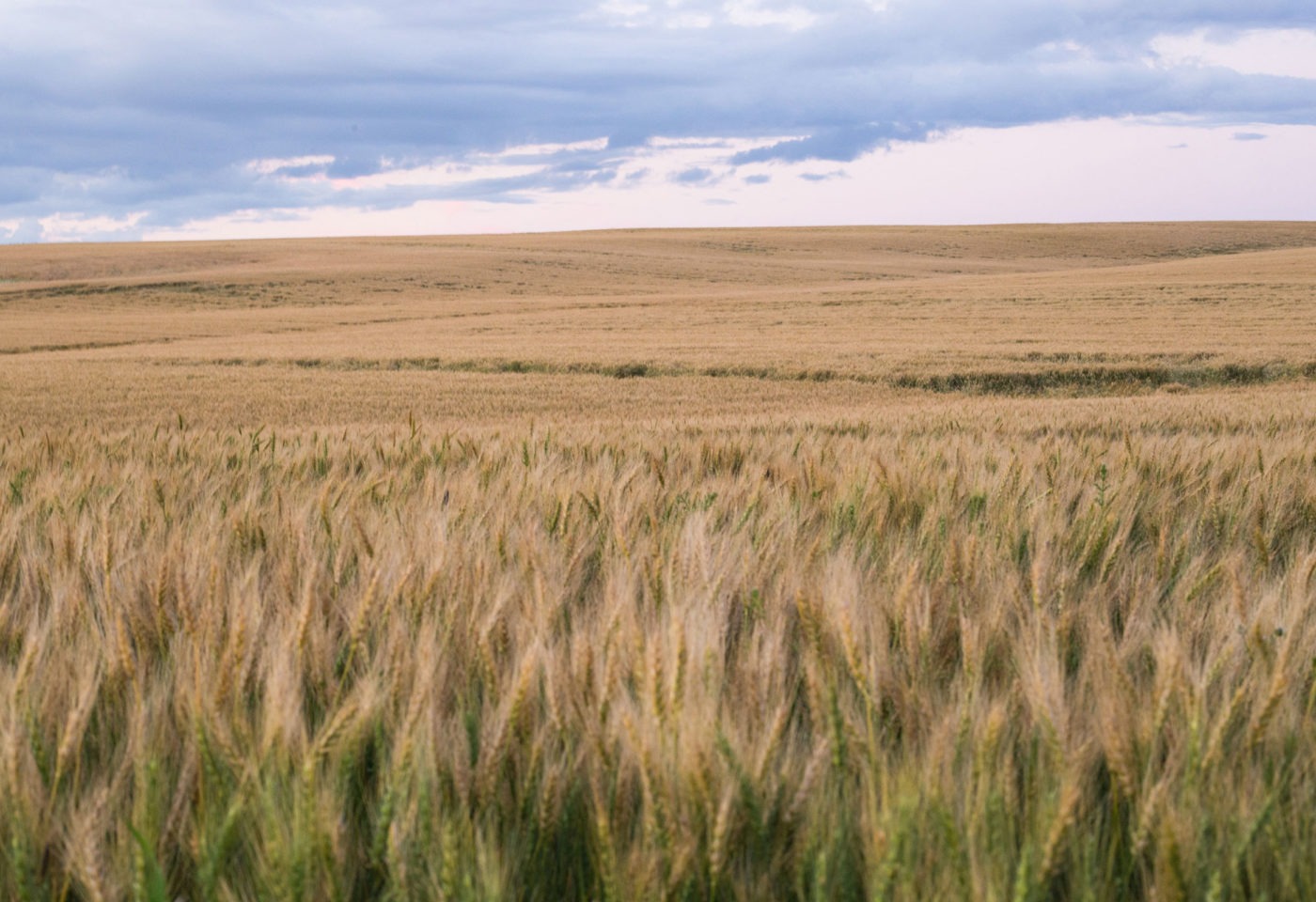CALGARY April 26, 2021 – Alberta’s inactive oil and gas well sites are prime candidates to be repurposed for new energy developments that will benefit landowners, local communities and the public and help Alberta welcome new energy entrepreneurs – but first the province must signal that solving regulatory roadblocks to developing these sites is a priority, according to a new joint report from the Energy Futures Lab and Canada West Foundation.
There are currently 95,000 inactive wells in Alberta, including more than 7,700 that are “orphaned.” While they are considered a financial and environmental liability, they also represent a great opportunity: many of the sites are good candidates to be repurposed for other energy uses, such as geothermal, micro-solar, hydrogen, recovery of lithium or other minerals, or carbon capture and storage. While there have been numerous attempts to repurpose inactive sites, for the most part the innovative projects have died due to inflexible regulations and difficulties assigning financial liability as interested companies get bounced around between regulatory bodies and government ministries. That means that the sites aren’t remediated, economic opportunities are untapped and cleantech opportunities are lost.
EFL and CWF coordinated the LEAD (Leveraging our Energy Assets for Diversification) project, which brought together a broad group of key stakeholders – oil and gas companies, new energy entrepreneurs, regulators, landowners, the Alberta government, environmental companies and legal experts – to find solutions. The project intended to find a way to cut red tape in Alberta to allow wells to be used for new development, attract investment to the province for these developments and protect landowners. The efforts are not about letting polluters avoid environmental commitments, but about creating a win-win to repurpose well sites and infrastructure and create benefits for landowners, communities, oil and gas companies as well as energy entrepreneurs.
The LEAD report released today states that fixing the problem can largely be accomplished if the provincial government gives specific direction to regulators to collaborate, apply existing legislation to new circumstances where the interpretation permits, identify gaps and create processes to fix those gaps. The report puts forward a short but impactful bill for the Alberta government to consider. The
proposed bill is intended to signal that the Alberta government prefers redevelopment of disturbed land over greenfield development, that energy entrepreneurship is welcome and that regulators can and should cooperate, coordinate and innovate in this space. Repurposing wells for new energy lives will create jobs, help diversify the energy sector, create new economic opportunities for landowners and ease taxpayer burden around site liability, the report says.
“Creating regulatory certainty for industries looking at leveraging existing assets will improve our province’s ability to attract new sources of investment, diversify our economy and participate meaningfully in the energy transition.” – Juli Rohl, Lead Animator, Energy Futures Lab
“This is an important but complex problem, but Alberta has the means to solve it. We are asking government to commit to two very simple and clear principles. First, that developing on brownfield land should be preferable to developing on greenfields. And second, that Alberta’s regulators should work together to make this happen. Taken together this can be a win-win-win situation – without letting polluters off the hook.” – Marla Orenstein, Director, Natural Resources Centre, Canada West Foundation
READ: The LEAD Project – Leveraging our Energy Assets for Diversification
The Energy Futures Lab is an Alberta-based coalition of innovators and leading organizations working together to advance solutions aligned with our 2050 vision for Canada’s energy future.
The Canada West Foundation focuses on the policies that shape the West, and by extension, Canada. We provide practical solutions to tough public policy challenges facing the West and Canada as a whole, at home and on the global stage.
